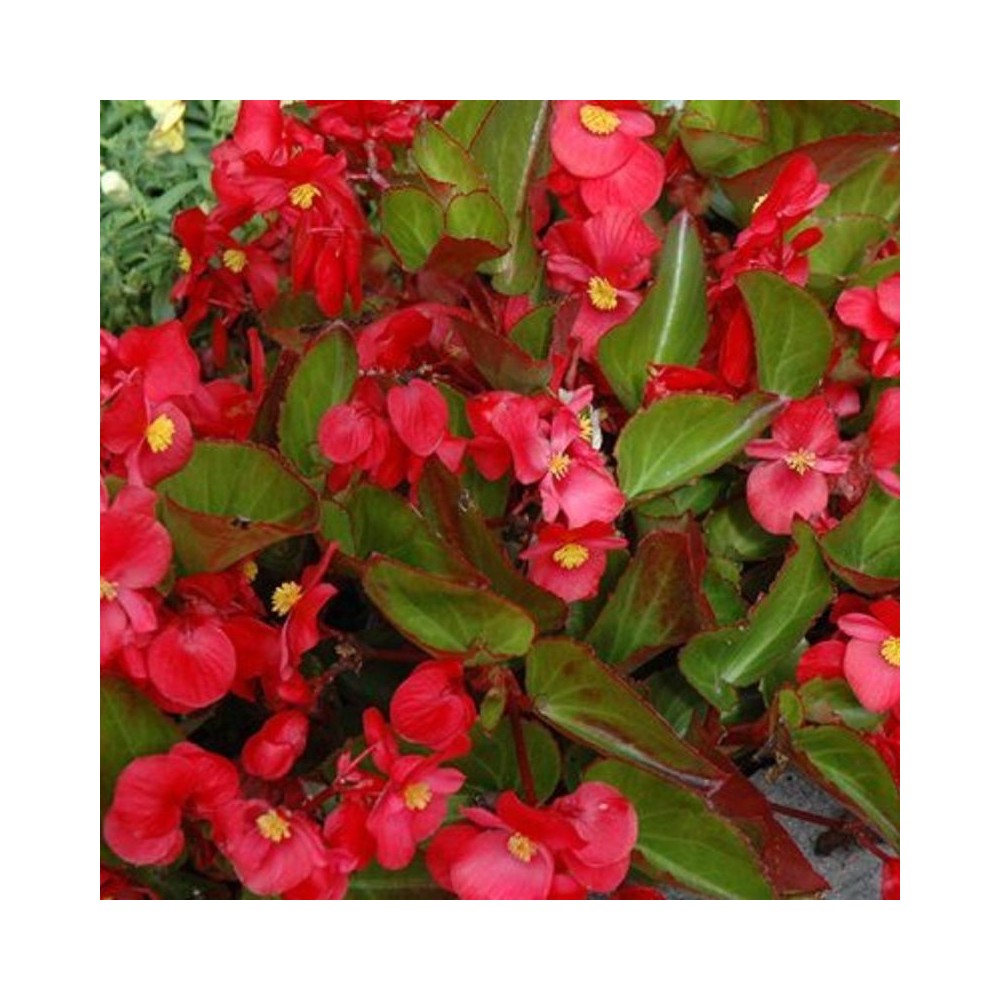



Begonia (Begonia spp.) are available in many different varieties, including Rex, wax, tuberous and cane-stemmed types. These plants fall into the tropical and subtropical category of perennials, growing well in U.S. Department of Agriculture plant hardiness zones 6 through 11. Many varieties with ornamental leaves and blossoms grow well outside in USDA zones 10 and 11, while hardy begonias survive winters in USDA zones 6 through 9 with proper care.

Security policy visit http://nurserynature.com/content/10-security-policy

Shipping & Delivery Policy visit http://nurserynature.com/content/1-delivery

Cancellation & Refund Policy visit http://nurserynature.com/content/6-aeu-legal-revocation-terms
Begonia (Begonia spp.) are available in many different varieties, including Rex, wax, tuberous and cane-stemmed types. These plants fall into the tropical and subtropical category of perennials, growing well in U.S. Department of Agriculture plant hardiness zones 6 through 11. Many varieties with ornamental leaves and blossoms grow well outside in USDA zones 10 and 11, while hardy begonias survive winters in USDA zones 6 through 9 with proper care.
Planting Location
Begonias enjoy fertile soil that has been amended with generous amounts of organic materials such as peat moss or well-rotted compost. The roots must have good drainage, or they can suffer from rot. These tropical perennials like partial shade. Exposure to strong sunlight burns the leaves and blossoms. Do not plant begonias in dense shade, because the plants grow more leaves than flowers. Begonias have brittle stems that are damaged by strong wind, so plant them in areas with wind protection.
Begonia Planting & Care
Watering
Begonias prefer high humidity, but not wet soil conditions. Let the top inch of the soil dry out before watering the plants. Do not mist the plant leaves. If the weather is hot and dry, water the area under the begonias so the evaporating moisture increases the humidity around the begonias.
Feeding
Begonias respond well to occasional feeding. These plants prefer a balanced fertilizer such as 10-10-10. Granulated slow-release fertilizer scratched into the soil in the spring gives the begonias a source of slow-release nutrients throughout the growing season. Another option is to dilute water-soluble fertilizer to half strength, and feed the plants every 10 to 14 days.
Over-Wintering
In mild winters without freezing temperatures, begonias grow throughout the winter. Many varieties will survive when planted in a protected area if the weather is frosty occasionally. For cold areas with freezing winters, dig up some of the begonias and transplant into containers. Store these in a cool area with good ventilation indoors. In the spring, take stem cuttings to propagate new begonias to plant outside. Tuberous begonias are commonly cut back to the ground before being dug up and stored in a box of peat moss for the winter.
plant
Perfect product to improve the ambiance in your home and give it a fresh look!